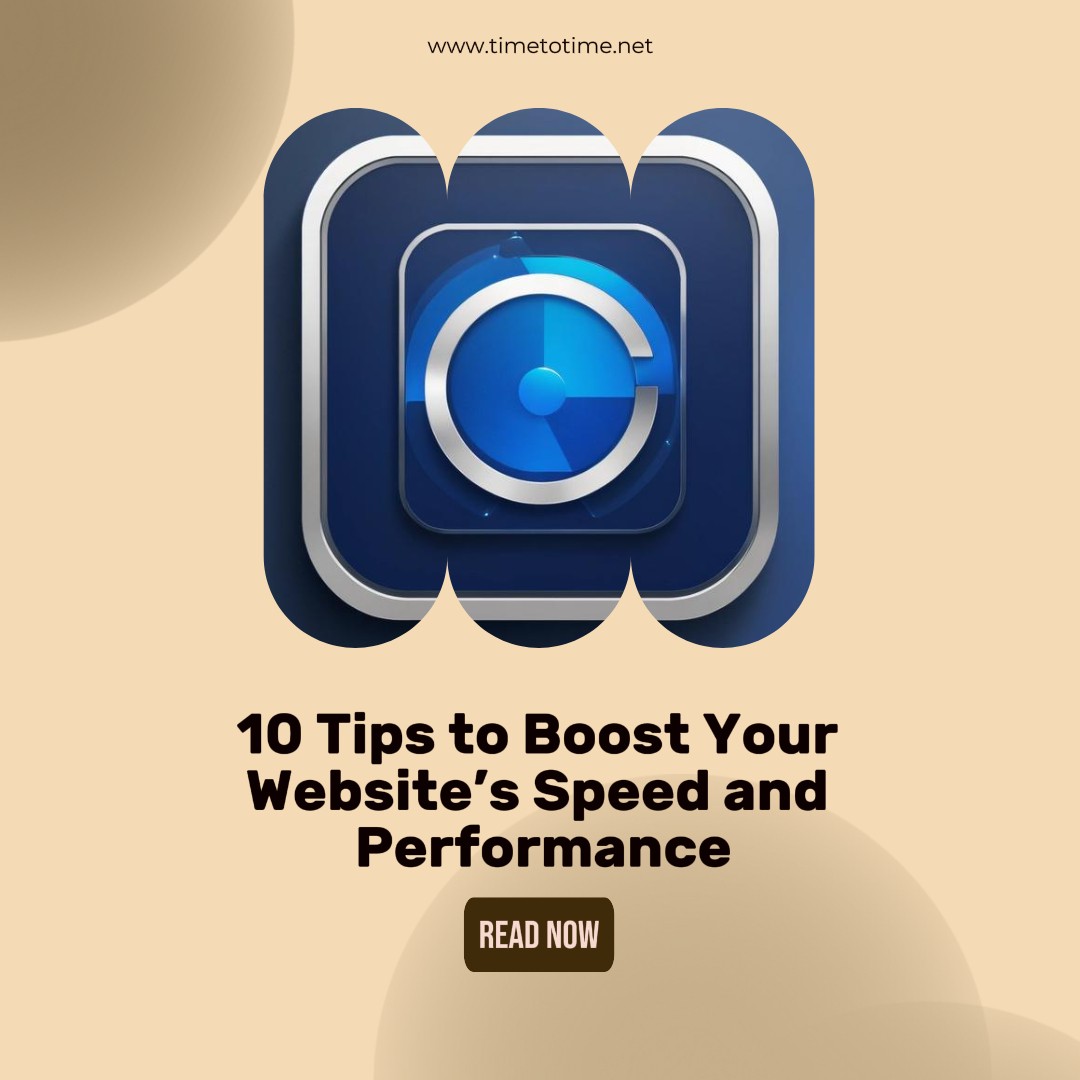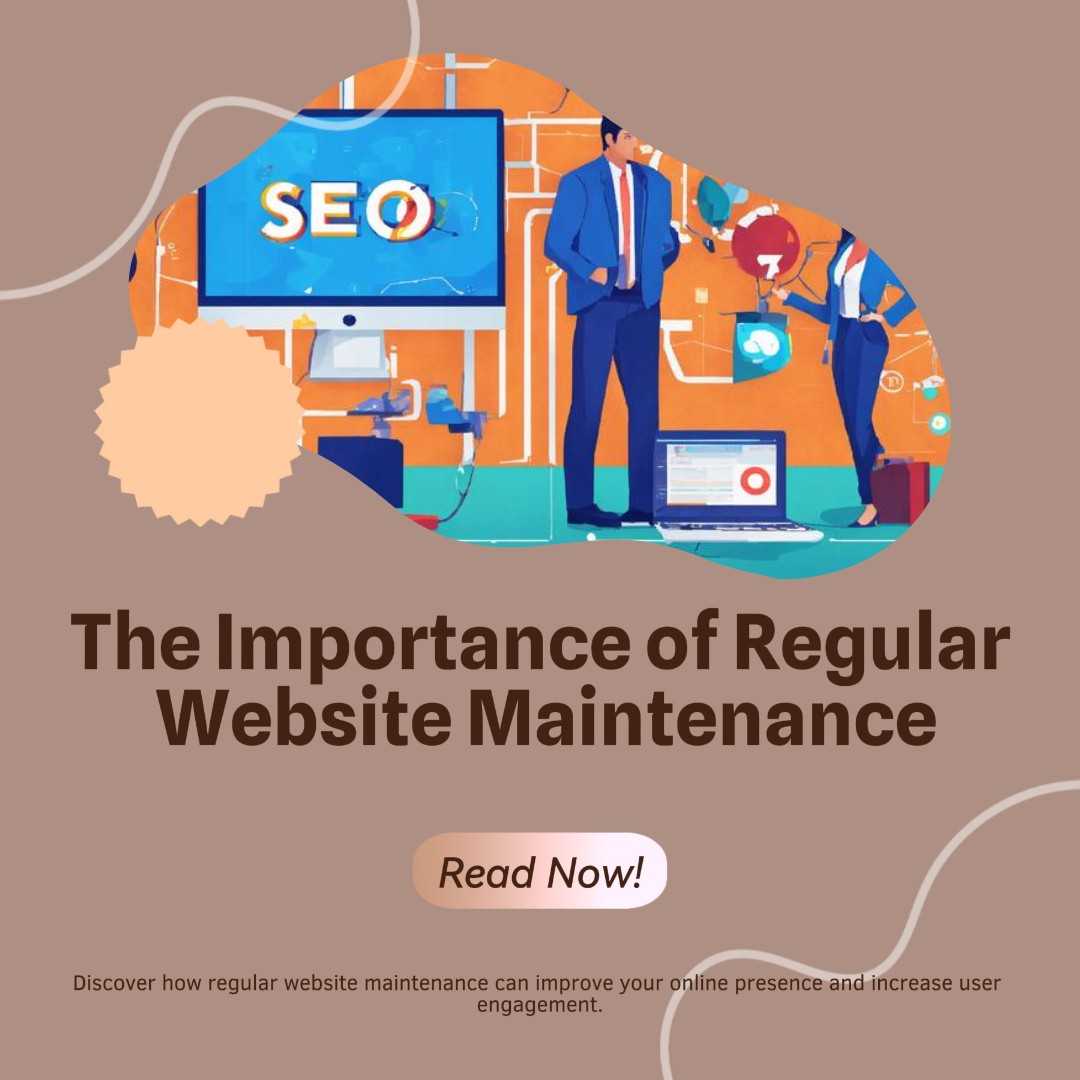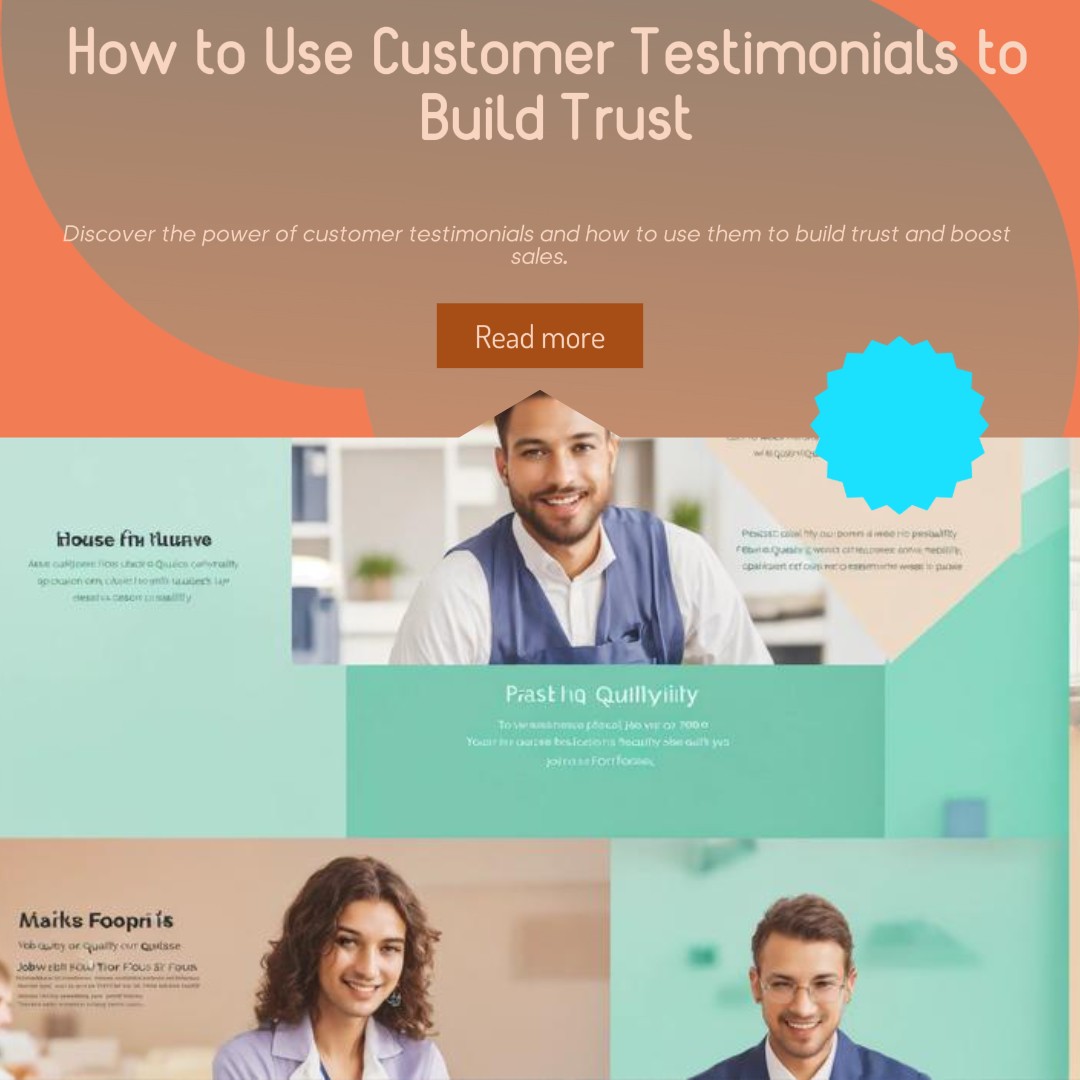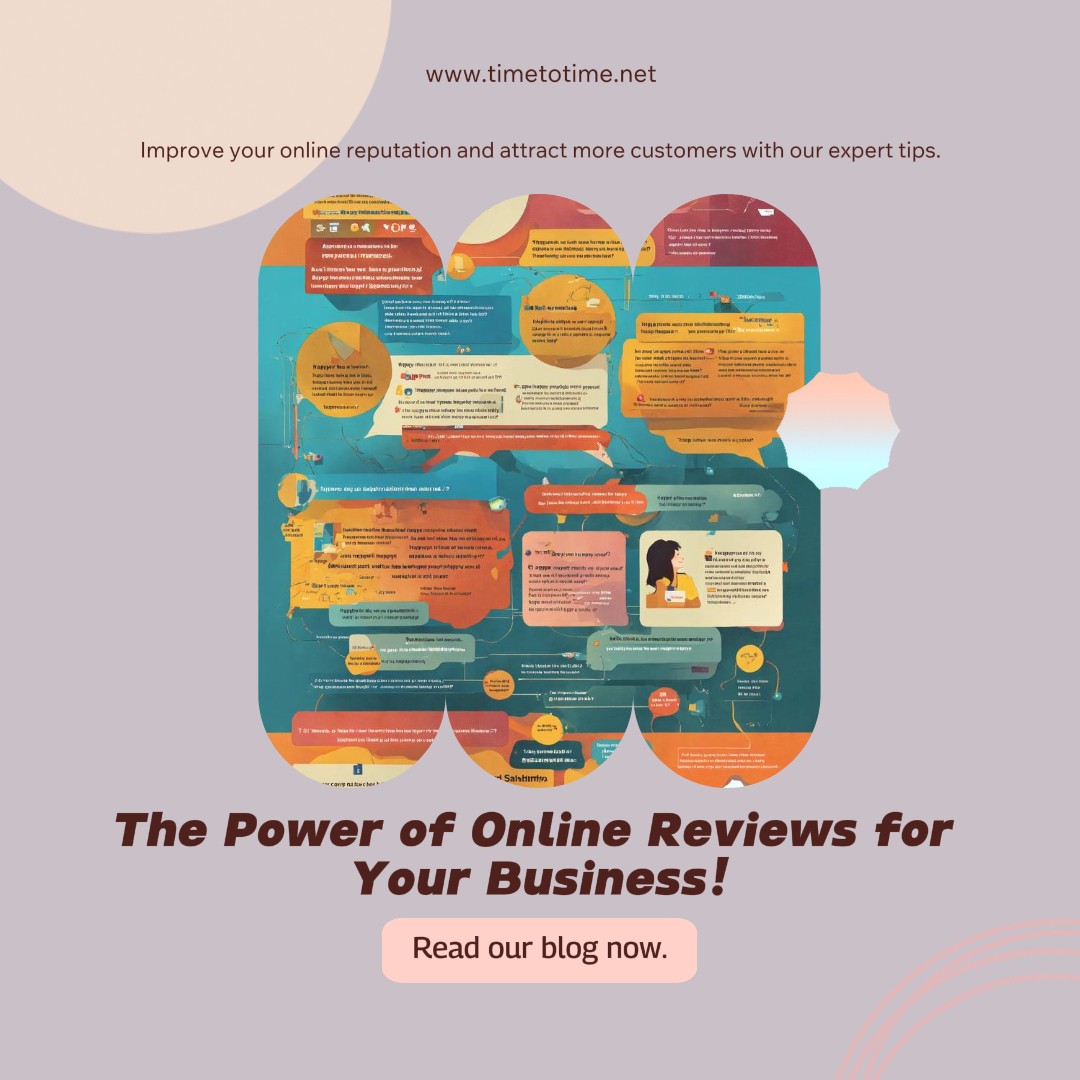Great content in today’s world of digital will not be enough without a good strategy to show it to the right people. Whether you are a blogger, entrepreneur, or marketing professional, knowing how your content strategy can turn traffic into conversion is the key to changing your game. But where do you even start? How do you ensure that your content isn’t just resonating with your audience but also brings visibility to your website?
This article will take you step-by-step through the basics of building a content strategy that works, written in simple language and practical examples to clarify and make things actionable. Ready to unlock traffic secrets? Let’s dive in.
1. What is a Content Strategy?
A content strategy does more than just produce articles or videos; in fact, it tends to align your content goals with your business objectives. It is a comprehensive practice of knowing what will engage your audience, how it should be delivered, and by what measure it will be a success. Think of it like a roadmap: without it, you’ll probably end up somewhere lost, churning out random content without any direction.
2. Why Does Content Strategy Matter?
What makes a content strategy so significant? Just as one can easily stray from the trail without a map in the forest, so you could find yourself walking around in circles with nothing to show for it. A lost forest adventurer is likely to wander through a good portion of the woods before coming across the red berries he seeks. The same may be true without a content strategy; your efforts would yield no traffic or conversions. It is a pathway forward to craft every piece of content as informative, entertaining, or to sell.
3. Define Your Goals
Before you start creating content, ask yourself: What am I trying to achieve? Do you want to drive more traffic to your website, boost sales, or build brand awareness? Clear goals are key for any content strategy. Your goals will guide your content creation and help ensure that your strategy stays on track.
For instance, if your goal is to boost traffic, you will focus more on content that attracts a wide range of audience traffic and search engine rankings.
4. Know Your Targeted Audience
If you don’t know who you are writing for, your content is going to tank. Knowing the needs of your audience, their preferences, and pain points is essential in creating content that will really talk to them. Try to collect as much data about them as possible, such as demographics, interests, or behavior. Are they young professionals or parents or students? Tailor your content according to their needs, and it’ll be interesting and probably shared.
5. Keyword Research
Keyword research is the most important part of content strategy; simply put, it is discovering the words people are searching for. That is achieved by using such tools as Google Keyword Planner or SEMrush to discover keywords that have a high volume of searches but low competition. Knowing what your audience wants, you can therefore come up with content addressing specific queries, thereby making it easier to drive organic traffic to your website.
6. Content Planning and Topic Selection
Now that you know what you hope to achieve and who you are trying to reach, let’s get into planning your content. What are you going to write about? Brainstorm topics based on both the interests of your target audience and your business objectives. Keep an eye out for any trends in your industry or niche, and set up a calendar to ensure consistent posts. Every post should be designed to have a purpose, such as educating, entertaining, or persuading.
7. How to SEO-Optimize Content
SEO is the backbone of a content marketing plan that relies on traffic. Optimize the content by adding researched keywords to headings, meta descriptions, and all around body content. Do not forget to include links to other similar pieces of content on your website and to authoritative sources beyond it. Optimize your images by adding alt text that describes the content.
The more search-friendly your content is, the better users will find it.
8. Creating Engaging and Shareable Content
Nobody likes reading dry, boring stuff. For that matter, it should be interesting; otherwise, nobody is going to care about your content. Make use of short paragraphs, bullet points, and visuals in order to break up the text and make it easier to read. Write in a way that feels colloquial and don’t be afraid to throw in some humor or rhetorical questions to keep the reader interested in what you have to say.
Create content that people would want to share on social media. Think of viral posts getting attention because of clever headings, compelling images or interesting facts.
9. Leverage Different Content Formats
Do not use the same type of content for all of it. Obviously, blog posts are fantastic, but videos, infographics, podcasts, and even social media posts also prove necessary. Everyone of them has something specific going for them, so that using a mix will reach different parts of your audience. Some prefer to view a how-to video, but others need a lengthy descriptive blog post. Experiment with all these formats to find out what really resonates with your audience.
10. Promotion of Content
Great content is just the beginning, though—now you have to get it in front of people. Promotion is key to driving traffic. Share your content on social media, send it to your email list, and consider a collaboration with influencers or a blogger to increase reach. Engage your audience: respond to comments, seek feedback, and create a dialogue in which people feel connected to your brand.
11. Analyzing and Adjusting Your Strategy
A content strategy is not something that you implement and forget. You always have to analyze your performance and take action on what is working and what is not. Use Google Analytics for such metrics as page views, bounce rates, and time spent on a site. If there is a type of content or format that’s driving the most traffic, make more of it.
Similarly, if something isn’t working, don’t be afraid to pivot your approach.
12. Building Consistency Over Time
Consistency is the key to a content strategy. You will keep your audience engaged and be able to get ranked very well in search engines by posting at your site. Whether you update once a week or once a month, stick to a schedule that works well for you and your team. Once they start trusting you in consistency, they’ll be inclined to return to your site and also share your content.
13. Evergreen Content Importance
While it’s so tempting to just go with whatever is trending at the moment, do not forget to have some evergreen content as part of your strategy. Evergreen content is simply articles, videos, or other pieces that remain relevant over time. This kind of content keeps driving traffic long after publishing. Examples include how-to guides, tutorials, and in-depth explainers. Balance your content between trending and evergreen to keep traffic flowing.
14. Use Social Proof for Attracting Traffic
People are more inclined to engage with your content when they see others doing the same. Social proof includes testimonials, user-generated content or shares on social media, which further helps boost the credibility of your brand, hence attracting more potential visitors to engage with your content. Think of showcasing customer reviews, case studies, or even influencer endorsements as proof.
15. Trend Keeping Update
The new digital world changes incessantly, and your content strategy needs to, too. Stay current about trends arising in Search Engine Optimization, social media, and content marketing so that your strategy does not become outdated and stays current and to the point. Regular content auditing can help find areas in your strategy that can be improved as well as discover new opportunities for audience engagement. In other words, your strategy remains relevant in the ever-changing online world.
Conclusion
A long-term effort, building a traffic-driving content strategy is a very effective one if done properly. It’ll involve understanding your audience, optimized SEO content creation, interesting publishing, and right distribution. Then, you will have built a strategy not only to attract tremendous traffic but also turn visitors into loyal followers. The thing is, it works if only you become consistent and keep improving it.
FAQ’S
1. What is the most important first step in developing a content strategy?
Content strategy first step: determining your goals. Knowing what you want to do will determine the remainder of your strategy.
2. How do I know what my audience wants to read about?
You use Google Analytics, social media polls, and sometimes even surveys to get insights into your audience’s preferences and behavior.
3. Why does a content strategy need SEO?
SEO ensures that your website’s content will feature in the results list. Therefore, this creates organic traffic and makes your website very visible.
4. How frequently do you review and modify your content strategy?
This is what needs to be checked and done very frequently, especially every few months. Why? To reconcile it with new trends, changes in the behavior of the audience, and changes in an industry.
5. What is evergreen content, and why does this exist?
Evergreen content is that kind that stays relevant even after time, hence it keeps driving traffic long after it has been published; it will be part of any holistic content strategy.






